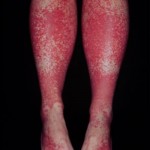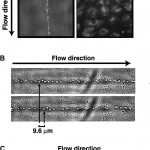Impact-R as Rapid Screening Test for Acute TTP
The Impact-R machine provides high-shear stress conditions needed by ADAMTS-13 to cleave ULVWF multimers seen in Thrombotic Thombocytopenic Purpura.
Thrombotic thrombocytopenic purpura is a rare disorder of the coagulation cascade. The etiology of TTP includes that of inhibition of function or the deficiency of ADAMTS-13, a metalloprotease enzyme that cleaves von Willebrand factor multimers in high shear stress conditions. If it is inhibited or deficient, the vWF forms ultra large multimers that predispose to thrombi formation in the microvasculature by spontaneously attaching to the platelet membrane GpIba.
A study by Jing Fei Dong, et.al.demonstrates this phenomenon. In the study,
cells with GpIba receptors in their membranes and platelets formed long beads-on-a-string formations on the endothelial culture cells when exposed to ultra large von Willebrand factor (ULVWF) multimers under high shear stress conditions.
When blood from a patient with TTP is tested using the Impact-R, surface coverage and aggregate size are expected to be large because of the presence of ULVWF in the patient’s plasma. When the same blood is exposed to plasma from a normal patient (which contains ADAMTS-13), and then tested by the Impact-R, theoretically, there will be a lessening of the surface coverage and aggregate size. This is the subject of a study by Shenkman in which he proposed that Impact-R could be used as a rapid screening test for TTP.
Tags: ADAMTS-13, Impact-R, thrombotic thrombocytopenic purpura, ULVWF multimers, von Willebrand factor

